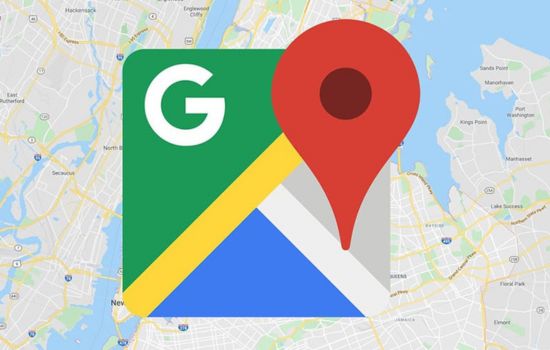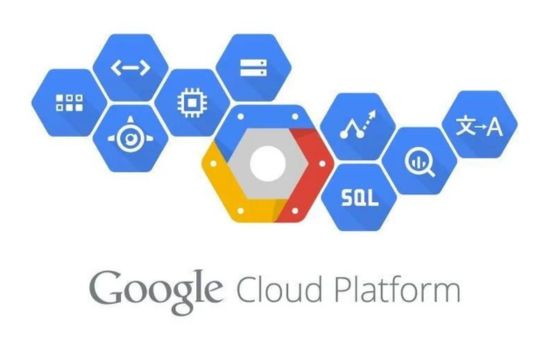The combination of productivity tools and cloud infrastructure has become essential for businesses looking to stay ahead in the ever-expanding world of digital transformation. Google’s premier cloud conference, Google Cloud Next ’24, featured a spotlighted presentation on integrating Google Workspace and Google Cloud Platform (GCP). With this integration businesses can take advantage of new opportunities optimize operations and accomplish more in the cloud era. Let’s examine how this integration was demonstrated and the future implications for work and innovation.
Table of Contents
Google Cloud Platform Integration:
These are just a handful of the numerous integration options that may be combined and tailored to your application’s specific needs using Google’s platforms and APIs.
Google Maps API:
You can add Google Maps to your website or application, add custom information to the maps, and activate features like location-based services.

Google Sign-In:
Google sign in makes it easier for people to log in and enhances the user experience by allowing them to use their Google account credentials to access your website or application.
Google Analytics:
Gives you the ability to monitor and examine how users engage with your application or website, offering insightful data on user behavior and performance indicators.
Google Drive API:
Google Drive API Provides functionality for file upload, download, and synchronization by allowing you to incorporate Google Drive’s file management and storage capabilities into your application.
Unified Collaboration and Development Environment:
The seamless integration of Google Workspace and GCP, which created a single platform for development and collaboration, was one of the main attractions of Google Cloud Next ’24. Developers can now easily combine well-known Workspace technologies like Google Meet, Google Drive, and Gmail with GCP services like BigQuery, Cloud Functions, and Google Kubernetes Engine (GKE). Productivity and cloud infrastructure accelerate the development lifecycle, encourage cross-functional team communication, and drive large-scale innovation.

Simplified Access and Identity Management:
It has never been simpler to manage user access and identities across both platforms thanks to the integration of GCP and Google Workspace. Google has revealed new features that allow managers to consolidate access controls, authorization, and user authentication, guaranteeing uniform security and compliance throughout the whole company. By streamlining user on boarding, off boarding, and access control and strengthening security all at once, this holistic approach to identity management lowers administrative overhead and boosts operational effectiveness.
Data-driven Insights and Decision-making:
Through the integration of GCP’s machine learning and advanced analytics capabilities with the productivity tools offered by Google Workspace organizations can extract significant insights from their data to facilitate well-informed decision-making. Google demonstrated at Google Cloud Next ’24 how users can study big datasets, create predictive models, and visualize findings right within well-known Workspace apps like Google Sheets and Google Data Studio thanks to a seamless interaction between Workspace and GCP. Employees at all levels are now more equipped to make data-driven decisions and improve company outcomes because of the democratization of data.
Streamlined Application Deployment and Management:
Google highlighted how cloud-native application deployment and administration are made easier by the interaction between Workspace and GCP. Workspace’s collaborative features let developers manage their work, and GCP’s infrastructure services offer a dependable and scalable foundation for launching and operating apps. Google unveiled new technologies that let developers control continuous integration and delivery (CI/CD) pipelines, analyze application performance, and easily deploy containerized apps from Google Workspace to GKE clusters all inside a single environment.

Enhanced Innovation and Agility:
In the end, the goal of the Google Workspace and GCP integration is to enable enterprises to develop more quickly and run more effectively in the cloud. Through the dismantling of walls between cloud infrastructure and productivity tools, Google is empowering teams to work together more efficiently, quickly iterate on concepts, and provide value to customers with increased agility. With Workspace and GCP’s seamless connectivity, businesses can build unique apps, analyze data, and scale infrastructure with the tools necessary to succeed in the rapidly evolving digital economy.
Conclusion:
A major turning point in the development of cloud computing and productivity tools was marked by the combination of Google Workspace and Google Cloud Platform, which was demonstrated at Google Cloud Next ’24. Google is enabling businesses to innovate, work together, and prosper in the digital era by bridging the gap between collaboration and cloud infrastructure. The next wave of innovation and transformation will surely be driven by the seamless connectivity between Workspace and GCP as businesses continue to adopt the cloud-first approach.

